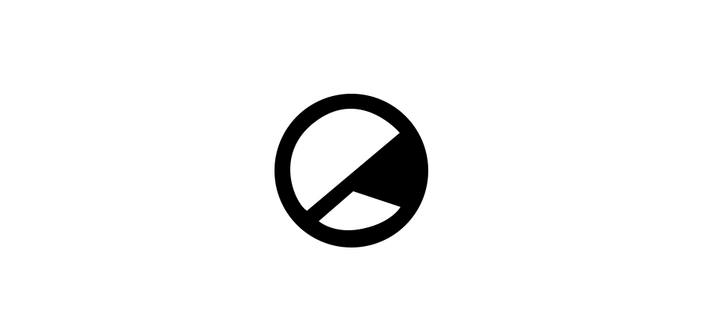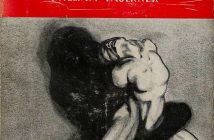TW: Suicide, Abuse
Pablo Picasso, the artist, is regarded as one of the most influential artists of the 20th century. However, Pablo Picasso, the man, is known only to those who choose to look beyond his art. Born in Spain in 1881, Picasso was surrounded by art throughout his childhood and showed an interest in art very early on. Picasso’s father, José Ruiz y Blasco, was a painter and art teacher. He often spent time teaching his son the fundamentals of art. The evolution of Picasso’s artistic skill and style can be traced from his childhood, and the time he spent learning from his father, up until the final painting before his death in 1973, aged 91. For his time, Pablo Picasso’s artwork was revolutionary, but his work continues to astonish and excite gallery-goers in the 21st century. Despite his many artistic triumphs, Picasso’s personal life was chaotic and turbulent.
In the same way that he dominated the art world in the 20th century, he also dominated the women in his life. Maintaining several mistresses alongside his primary partner, Picasso is commonly characterised as a womaniser and misogynist. Between the time of moving to Paris in 1900 and his death, Picasso had married twice and had 4 children with 3 different women. Although these women served as muses, each inspiring various pieces of his art or entire periods, they were often discarded once Picasso became bored or uninspired by them. His granddaughter, Marina Picasso, described his misogynistic behaviour in her memoir, Picasso: My Grandfather. “He submitted them to his animal sexuality, tamed them, bewitched them, ingested them, and crushed them onto his canvas. After he had spent many nights extracting their essence […] he would dispose of them.” Marina Picasso’s memoir is a scathing attack on her grandfather and his values; more importantly, the memoir gives a voice to the women who inspired the artist, yet are so rarely acknowledged for their influence.
Picasso’s finest work was primarily influenced by the many women in his life. His impact on them, however, was far from positive. Olga Khokhlova, a famous Russian ballet dancer and Picasso’s first wife, and his long-term mistress Dora Maar, a highly regarded photographer, were very independent women. In spite of their independence, both women succumbed to nervous breakdowns after each having spent numerous years with Picasso. Picasso’s abuse caused further harm. Marie-Thèrése Walter, a mistress, and Jacqueline Roque, his second wife, both tragically died by suicide. Picasso’s abusive and destructive behaviour did not only affect the women in his life, but also his children and grandchildren.
In 1943, Picasso began dating French painter Françoise Gilot, and in the 10 years they were together they had 2 children, Claude and Paloma. 11 years after the end of their relationship, with the help of art critic Carlton Lake, Gilot wrote the memoir, Life with Picasso. Picasso attempted to stop the publication of the memoir without success, and it went on to sell over 1 million copies. After the publication, Picasso cut off all contact with Claude and Paloma. As a result, the profit from the book went towards making a case for Claude and Paloma to become Picasso’s legal heirs — a case in which only Marina Picasso profited.
Separating Picasso’s personal life from his prolific career is futile. Pablo Picasso’s extraordinary artistic talent is undeniable. But the deplorable treatment of the women in his life is also undeniable. That being the case, if we are to continue to hold his work in high regard, we must recognise the suffering of the women that gave rise to Picasso’s artistic greatness.




